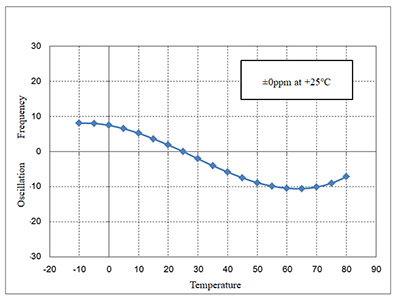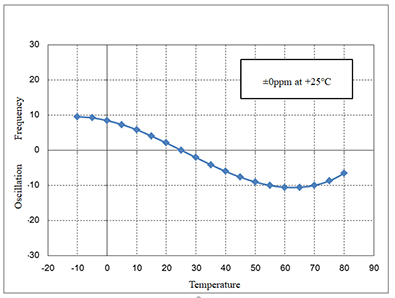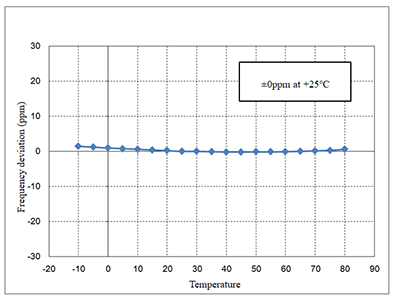- mail_outlineContact
-
Site Search
Please enter a keyword
Site Search
Please enter a keyword
Products
Products
- Crystal Unit
- Crystal Oscillator
- Frequency Synthesizer
- Signal Generator
- Millimeter-Wave Converter
- Synthetic Quartz Crystal
- Optical Component
- QCM Sensor
- Outgas Analysis System
- Ultrasound Probe (Transducer)
- SAW Devices (Manufactured by NDK SAW devices Co., Ltd.)
-
Space
-
Infrastructure / Industrial Equipment
-
Automotive
-
Mobile
-
AV / OA, Medical, Healthcare, Household Appliance
-
Search from Connectivity Standards
Product Search
Investor Relations
Sustainability
-
NDK Group Sustainability
-
Environment
- Top Page of Environments
-
Environmental Philosophy and Policies
- Environmental Philosophy and Policies Top
- Environmental Philosophy and Policies of NDK
- Environmental Philosophy and Policies of Furukawa NDK Co., Ltd.
- Environmental Philosophy and Policies of Hakodate NDK Co., Ltd.
- Environmental Philosophy and Policies of ASIAN NDK CRYSTAL SDN. BHD.
- Environmental Philosophy and Policies of NDK QUARTZ (M) SDN. BHD.
- Environmental Philosophy and Policies of Suzhou NDK Co., Ltd.
- History of Enviromental Conservation
- Enviromental Management System
- Enviromental Performances
- Green Crystal Technology™ —NDK Environment Support—
- Promoting Green Procurement
- Aproaches to Substance of Concern
- Measurement Data (Sayama Plant)
- Suzhou NDK Co., Ltd. Environmental initiatives
- Environmental Report
-
Society
-
Governance
- ESG Data
Outgas Analysis System
Ultrasound Probe (Transducer)
Synthetic Quartz Crystal
Optical Component
QCM Sensor
-
NAPiCOS Series
-
Product Overview
-
Application Examples
- Measurement of label free immune response of the acute phase protein CRP
- Immuno-measurement of low-concentration insulin (100pg/mL ~ 20ng/mL)
- Evaluation of Peptide's property of binding to PMMA stereo- complex membrane
- Calculation of the dissociation constant of glycoprotein
- Measurement of allergen contained in food extract
- Double-strand DNA formation & Protein binding
- Binding transcription factor to DNA
- Quantification sensor for concentration of antibody drugs
- Measurement of low-molecular substance
- Quantitative Evaluation of Beer Body
Oscillation Circuit Evaluation Methods
Temperature Characteristics (1) <Frequency deviation>
The AT-cut crystal unit changes its oscillating frequency expressed by as a cubic curve in respond to changes in temperature.
The way in which the oscillation frequency changes when crystal unit is mounted on a circuit board depends mainly on the temperature characteristics of the crystal unit itself, but the temperature characteristics of the circuit board also have a slight effect.
The following graphs show the oscillation frequency/temperature characteristics of a single crystal unit and the oscillation frequency/temperature characteristics when the crystal unit is mounted on a circuit board. (Figs. 1 and 2)

|

|
Fig.1 Oscillation frequency/temperature characteristics of a single crystal unit |
Fig. 2 Oscillation frequency/temperature characteristics when the crystal unit shown in FIG.1 is mounted on a circuit board. |
The difference between the above two graphs is the oscillation frequency/temperature characteristics of the circuit board alone. In this case, the characteristics are shown in the graphs below. (Fig. 3)

Fig.3 Oscillation frequency/temperature characteristics of circuit board alone (Difference between Fig. 1 and 2)
